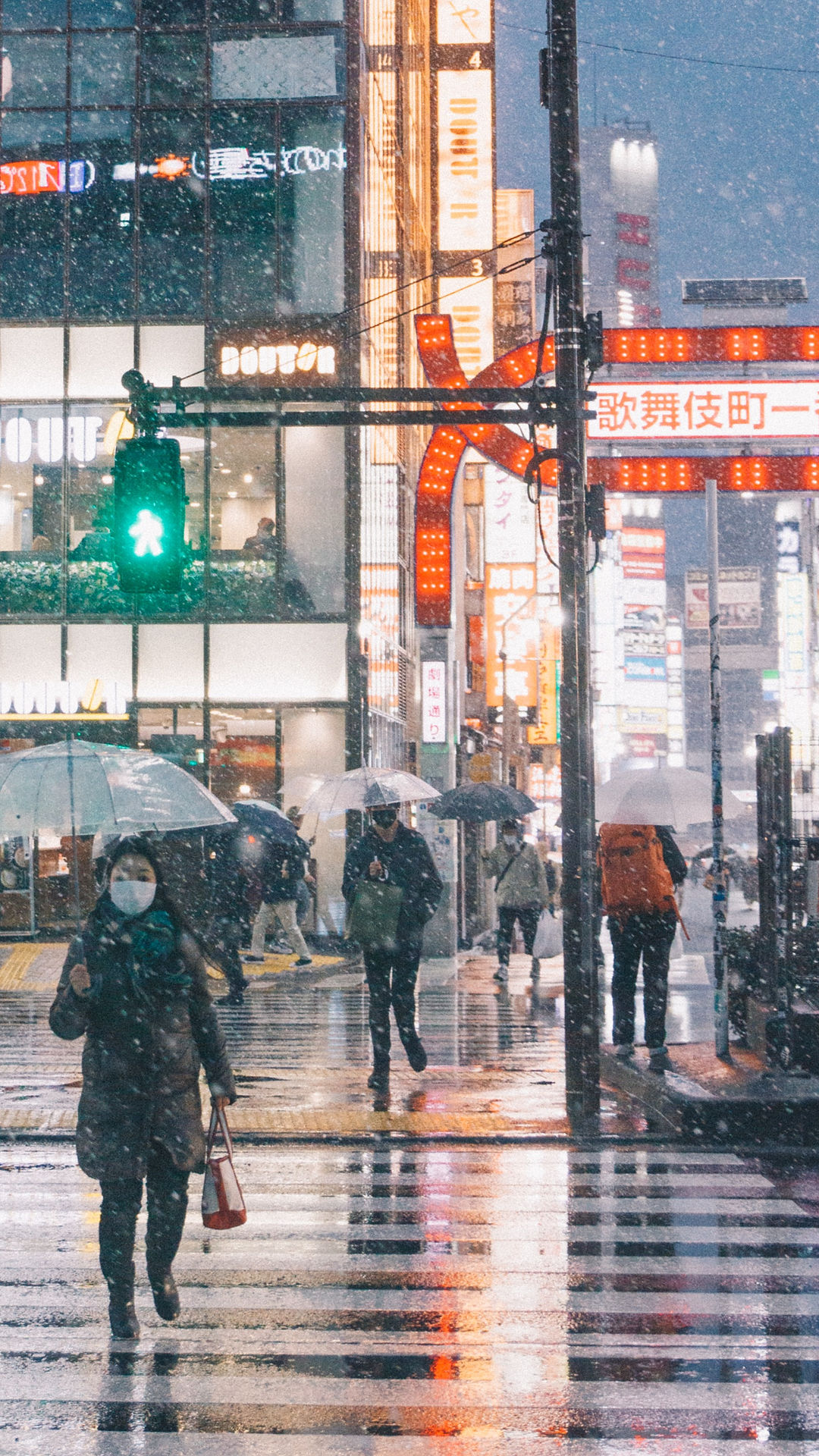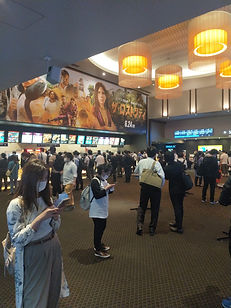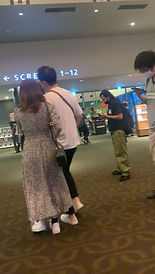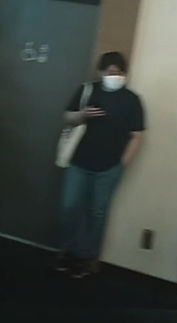
Toho Cinema
Personal identity: Ways to protect personal identity in Toho Cinema
by Keigo
This is important because it will help to observe what kinds of expectations of people might exist in Toho Cinema. For example, things that would be embarrassing, ways that people feel about certain actions, or maybe even things that people would want to hide from others. This domain will be used to observe the way that personal identity is protected and perhaps expressed in Toho Cinema. Personal identity also seems to change based on whether they are insiders or outsiders. People like Dohan would be the outsiders and the rest, like families, students, etc., would be the insiders. This helps push the narrative that we have of trying to show that ways of claiming one’s own territory within a space differs depending on where one comes from.
“Hall sets forth a theory about how people react to others at various distances from their own bodies, indicating thereby a sense of territoriality, similar to that shown by animals or birds and develops notation for this purpose.” (Blyth 1976; p 117)
Keeping Distances
Looking down at phones, and keeping distance
People use their phones as a way to not interact with others. The distance kept between people also seems to be a way of achieving this. As Karp illustrates through his texts, urbanites tend to avoid any kind of social interaction with strangers (Karp 2015; 90). As he further explains, the reason for such behaviour may stem from their worry of establishing intimacy through conversations. Thus, by looking down at their phones and keeping distance, people are making sure to present themselves as those who are uninterested in having social interactions which are ways of making themselves vulnerable.
People seen looking down at phones and keeping distance with one another
Keeping distance from possible Dohan
A person with a dohan keeping distance from others around
Dohan people are avoided by the “normal” customers (insiders). Insiders protect their own personal identities by avoiding association with outsiders. This seems to be a reciprocal thing where keeping distance is done to protect the insiders as well as the dohan. For instance, as is evident in the image, a person with a dohan visit the cinema together, but keeps some distance between them and the others around in order to avoid social interaction which could lead to the vulnerability of their personal identities.


Looking up from phones as if looking for someone
As much as it is common to see persons looking down at their phones when alone, it is equally common to see them looking up occasionally as if to be looking for someone. This looks to be a way to show that the person is waiting for someone and that he/she is not alone. However, it may be fair to speculate that this may particular behaviour is a form of being “territorial”. Persons, most notably the insiders, tend to be wary of their surroundings, thus finding a space with less people in order to protect one’s personal space. However, as (Agnus 2012; 2) illustrates, people feel that their personal space have been invaded or vulnerable when someone goes near or takes the spot which was once their territory. Therefore, “Humans are territorial animals, everyday people claim space, built on it and this way, mark their territory” (Hall 1989; 59).

A person seen looking up from the phone every time someone walks by

An outsider wandering around the cinema with unknown objective
Fake Identities & Turning Blind Eyes
Pacing around the floor and goods areas
Walking around the area is a common occurrence. Some people solely come to walk around, then leave without actually watching a movie. However, as pointed out previously, the common pattern of “pretending to look for someone” is once again evident. The image especially shows a female outsider wandering around the cinema as if to be looking for someone, but soon exits out of the building. Hence, it may be arguable that Goffman’s dramaturgical concept applies for both Insiders and Outsiders, as they attempt in presenting a false version of themselves in order to alter the way others may look at them. Thus, by doing so, their true identities are not left vulnerable and exposed.
Snack bar employees have minimal interaction
Snack bar employees say a set of certain phrases equally to all customers. This is regardless of whether they look to be insiders or outsiders, or following social order or not. This may be the case among employees, as they are aware of the integration of insiders and outsiders within the place. Therefore, randomly making interactions with anyone may lead to, as Karp put it, “awry” conversations, which could expose either one’s personal identities.

An employee solely making announcements without additionally making any close interaction
People ignoring each other, even if they are fairly close together
People, regardless of whether they are fairly close to each other, will ignore each other. The distance between the people seems to be disregarded in the state of waiting. Personal identity is protected through thinking of the people around them as more like objects.
For Example:
“Dohan” waiting for everybody to leave after movie ends
“Dohan” leaving early right as the credits start rolling
-
These two things are ways that Dohan will try to protect there personal identities. By leaving before everybody else, or waiting till everybody else leaves to exit shows that they understand their own identities and how they are seen from others, and act accordingly.
Now that we have explored how people tend to protect their personal identities, within certain spaces within the cinema, move to the next page to learn more on the relationship between the place and the spaces that it provides, with Insiders and Outsiders:
Sections
toho cinema
.png)